In This Article
Looking for college town energy, lake views, and southern hospitality? Head to Clemson, South Carolina! Home to Clemson University, this vibrant town in the foothills of the Blue Ridge Mountains offers outdoor adventure, campus culture, and small-town charm along the shores of Lake Hartwell.
Best Time to Visit
The best time to visit Clemson is in the spring (March–May) and fall (September–November). Spring brings blooming landscapes and ideal hiking weather, while fall is football season—perfect for tailgating, fall foliage, and campus spirit. Summers are warm and great for lake activities.
How to Get There
- By Car: Clemson is located along US-123, about 45 minutes from Greenville and 2.5 hours from Atlanta or Charlotte.
- By Plane: The nearest airport is Greenville-Spartanburg International Airport (GSP), about an hour away. Regional flights also serve Anderson Regional Airport (AND), just 20 minutes from town.
- By Train: Amtrak’s Crescent Line stops in Clemson daily, connecting to New Orleans, Atlanta, Charlotte, and New York.
Where to Stay
- The Abernathy – Boutique hotel just steps from campus, offering stylish rooms and a welcoming Southern vibe.
- Hotel Tillman – Clemson-themed, modern hotel with convenient access to downtown, the university, and the lake.
- Courtyard by Marriott Clemson – Reliable chain hotel with comfortable rooms, a pool, and free parking.
Top Attractions
1. Stroll Through Natural Beauty at the South Carolina Botanical Garden
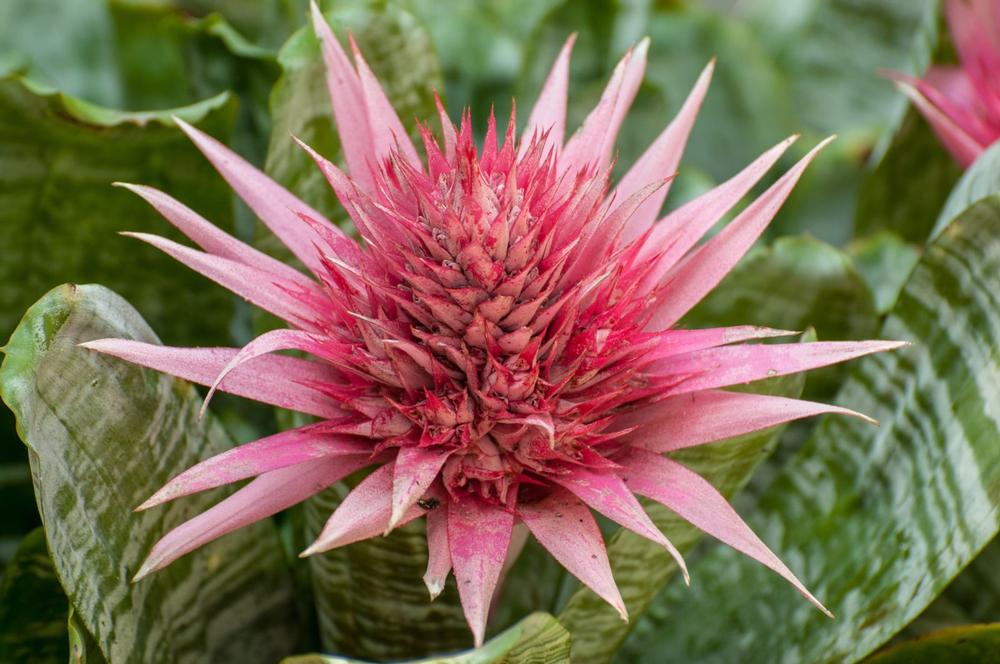
© RuthH/stock.adobe.com
The 295-acre South Carolina Botanical Garden, or SCBG, is located on the Clemson University campus. The garden offers both manicured and natural landscapes, both of which hosts plants and wildlife native to the South Carolina Piedmont ecosystem. The Garden began in 1958 as a small plot of land next to the 19th century Fort Hill estate of John C Calhoun, and in 1992, was designated the state’s botanical garden.
History within the garden includes the 1716 Hanover House and the 1826 Hunt Family Cabin. Walking and hiking trails and hard-surfaced paths throughout make the gardens accessible to visitors. Demonstration gardens include lessons on xeriscaping, wildlife habitat gardens, heritage gardens, and more. The garden also is home to an art gallery and geology museum.
150 Discovery Lane Clemson, SC 29634, Phone: 864-656-3405
2. Experience Game Day Energy at Clemson Memorial Stadium
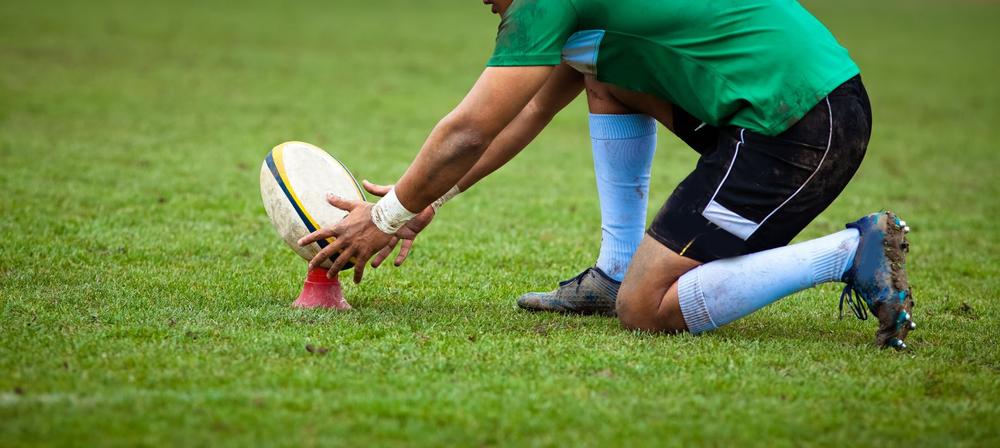
© Melinda Nagy/stock.adobe.com
The Clemson Memorial Stadium is known locally as Death Valley, and is home to the Clemson Tigers’ NCAA Division I football team. Built in 1942, the stadium has undergone several expansions over the years, and is now the largest in the Atlantic Coast Conference, seating 81,500 fans.
Clemson has a 74% winning percentage at Death Valley. The nickname dates back to at least the 1950’s. It’s origins due to the cemetery on the hill that once overlooked the stadium, and a quote from a competing foot ball quote who once said he was “taking his team to Death Valley” where they’d surely lose to Clemson.
Clemson Memorial Stadium was home of the NFL’s Carolina Panthers during their inaugural season in 1995, before they moved to their own stadium in Charlotte.
1 Avenue of Champions, Clemson, SC 29634, Phone: 800-253-6766
3. Unearth Natural Wonders at the Bob Campbell Geology Museum
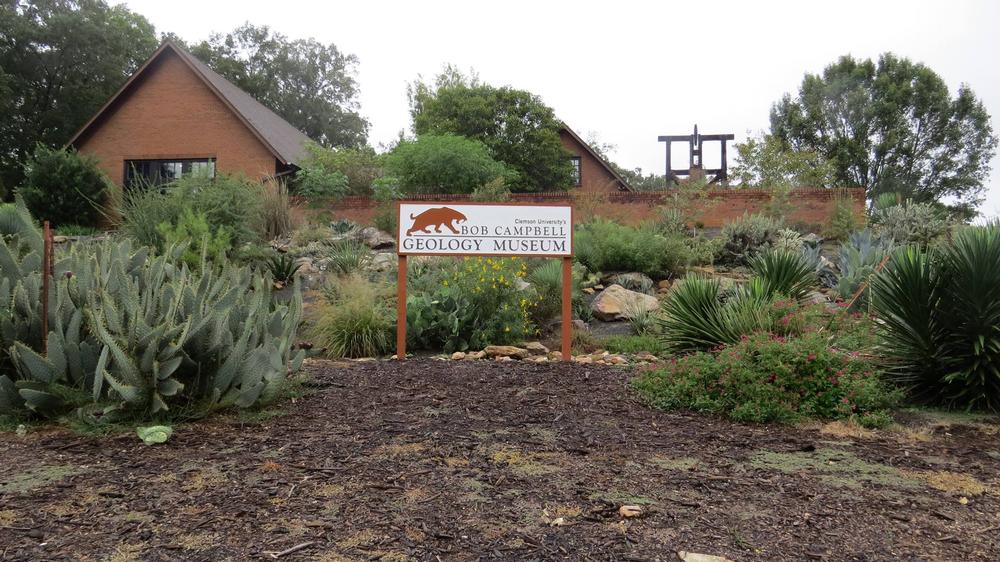
© Bob Campbell Geology Museum
Clemson University’s Bob Campbell Geology Museum is located within the South Carolina Botanical Garden. The museum’s mission is to stimulate respect and curiosity for our natural resources through understanding of geology and the history of our planet.
Permanent exhibits include the display of a saber tooth tiger skeleton, as well as a life-sized reconstruction of what the animal would have looked like when roaming the South Carolina hills many years ago. Dinosaur displays include the complete skull of a tyrannosaurus rex, and a cast of his relatively small brain. The museum is home to an extensive collection of faceted gemstones, including the largest topaz crystal to be found in the United States. A glowing mineral room shows glow-in-the-dark rocks under UV light. Additional special exhibits rotate three times yearly.
140 Discovery Lane, Clemson, SC 29634, Phone: 864-656-4600
4. Catch a Game or Show at Littlejohn Coliseum

© Todd Taulman/stock.adobe.com
Clemson University’s Littlejohn Coliseum is home to the men’s and women’s NCAA Division I basketball teams. In addition, the coliseum hosts over 150 events annually for both Clemson University and the public. Built in 1968, the building is named for 1908 alumnus James Littlejohn, the school’s first business manager. A strong supporter of Clemson athletics, both the Memorial Football stadium and the University’s original fieldhouse were built under his tenure.
The coliseum was extensively renovated in 2003. Renovations nearly doubled the facilities square footage for expanded training rooms, weight rooms, concessions areas and public restrooms. Further renovations in 2011 upgraded the building’s exterior and added a 13,000 square foot practice gym among other amenities for the athletes.
219 Perimeter Rd, Clemson, SC 29634, Phone: 800-253-6766
5. Enjoy Theater and Music at the Brooks Center for the Performing Arts
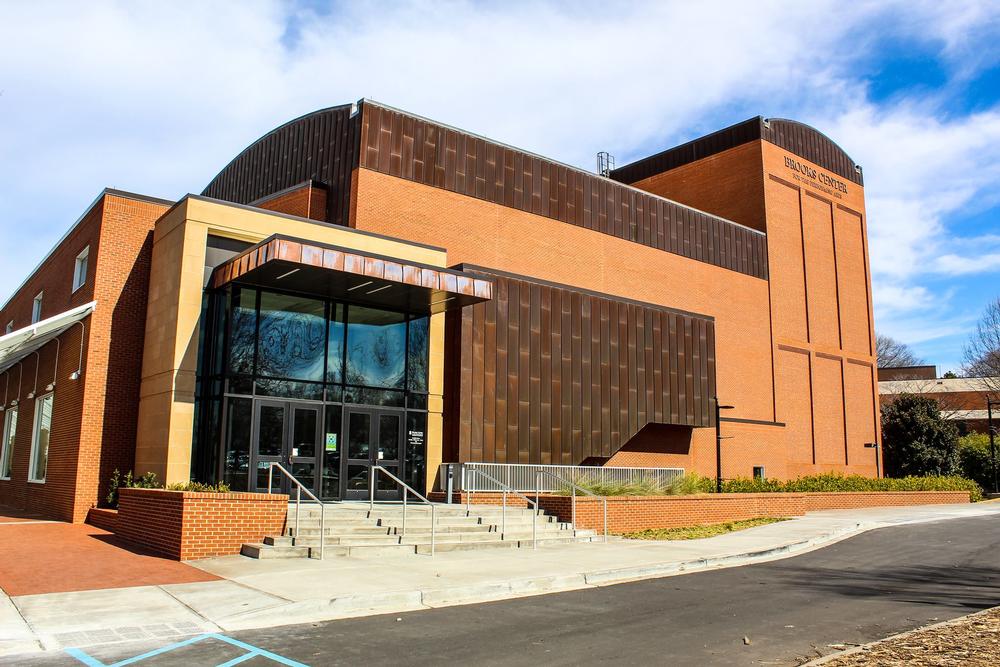
© Brooks Center for the Performing Arts
Clemson University’s home for the performing arts was founded in 1994. The 87,000 square foot theater hosts live music, dance and theater performances by students in the Department of Performing Arts and visiting artists. The facility offers a 979-seat auditorium, as well as a 100-seat black box theater and a small recital hall.
With over 100 performing arts majors and a robust department of 50 faculty and 5,000 students, Clemson’s College of Architecture, Arts and Humanities offers programming in production studies and performing arts. In addition to adult programming, the Tri-Art series offers interactive morning performances for children ages 3-18.
Brooks Center for the Performing Arts141 Jersey Lane, Clemson, SC 29634, Phone: 864-656-7787
Attractions for Couples
6. Step Back in Time with a Tour of the Historic Hanover House
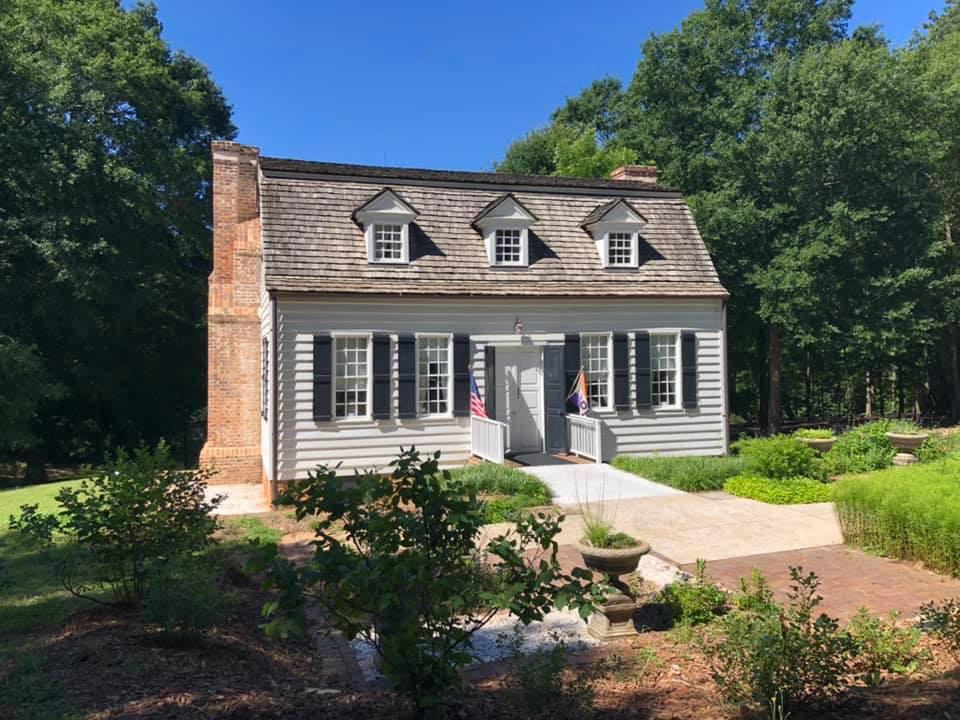
© Hanover House
The French Huguenot Hanover House was built between 1714 and 1716. In 1940 it was moved from the South Carolina low country to the Clemson University campus. The wood house with a gambrel roof sits within the South Carolina Botanical Garden. Two chimneys on either end of the home provide fireplaces on the first and second floors. Currently open to the public as a historic home museum, the home is furnished with period pieces and reproductions donated by the descendants of the original owner, Paul de St. Julien. The home has been on the National Register of Historic Places since 1970. Restoration was completed by the National Society of Colonial Dames of America, a group of women descended from ancestors in pre-colonial America.
150 Garden Trail OR, 530 Garden Trail, Clemson, SC 29634, Phone: 864-656-2241
7. Visit the Historic and Peaceful Grounds of the Old Stone Church
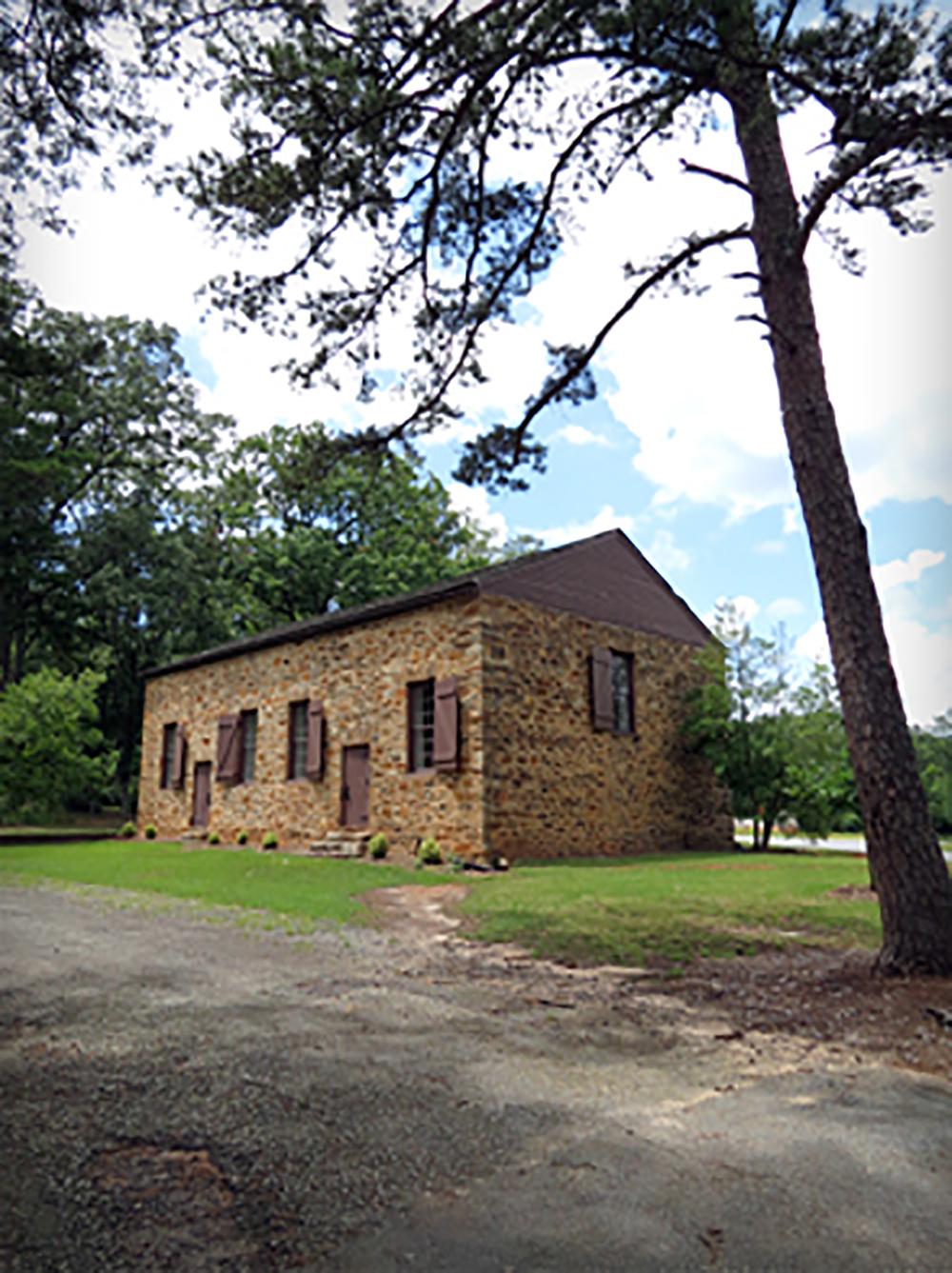
© Old Stone Church
Clemson’s
Old Stone Church was built in 1802 to replace the original wooden structure after it was destroyed by fire. The Presbyterian church was the place of worship for the frontier’s wealthy citizens, many of whom are buried in the cemetery and now have South Carolina counties named in their honor. The oldest graves in the cemetery date back to 1795, pre-dating the church. By the mid 1820’s, most of the congregation had moved to nearby Pendleton. Nevertheless, the church and cemetery were continually cared for by the Pendleton Presbyterian Church Commission. Today, the church is still in use for weddings and events, and burial plots may still be purchased.
101 Stone Circle, Clemson, SC 29631, Phone: 864-654-2061
8. Grab a Bite and Celebrate Tradition at The Esso Club, a Clemson Favorite
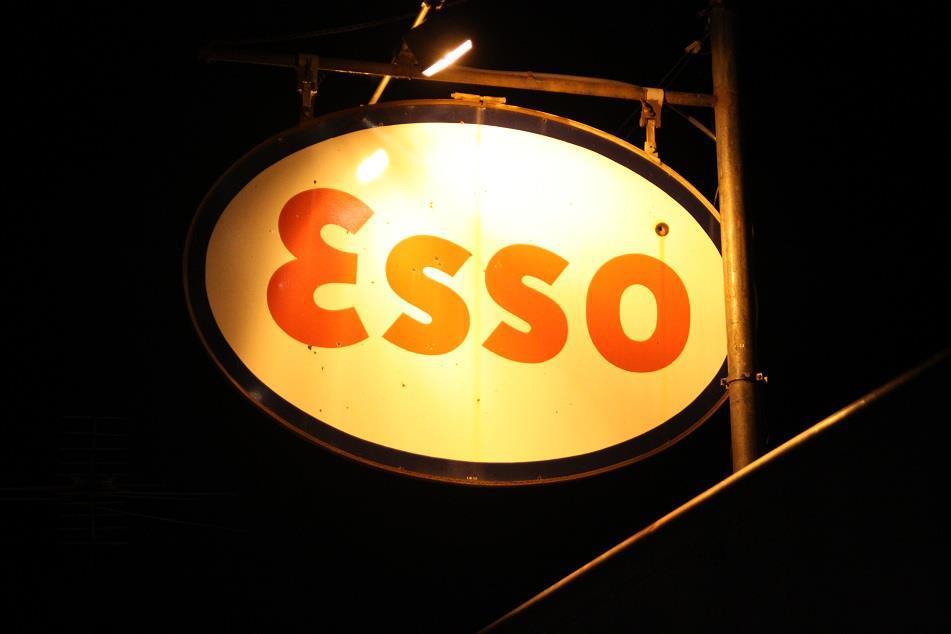
© The Esso Club
The Esso Club
is a sports bar frequented by fans of the Clemson University Tigers. The Esso Club began as a small gas station in 1933, over the years the site expanded, and by 1952 there was a bar at the service station. It remained the only place in Clemson to sit and drink a beer until 1958. In 1972, a tenant began cooking BBQ in the station’s back yard. The site began to expand, and several renovations and owners later, stopped serving gas in the 1980’s.
Today, the Esso Club is still the place to go for drinks and live music on football game days. The bar has garnered national attention and is frequently listed among the top college sports bars in the United States. Walls at the bar are covered with Clemson football photographs and artifacts, many of them signed.
129 Old Greenville Hwy #1, Clemson, SC 29631, Phone: 864-654-5120
Where to Eat
- The Esso Club – Iconic sports bar with Southern fare and deep Clemson football roots—great on game day or any day.
- Rick Erwin’s Clemson – Upscale steakhouse offering prime cuts, seafood, and fine dining near the university.
- Pot Belly Deli – Local favorite for hearty breakfast burritos, sandwiches, and friendly service.
Local Events
- Clemson Football Games (Fall) – Join thousands of fans at Memorial Stadium for electrifying Saturdays and tailgates.
- Clemson Festival of Arts (May) – Family-friendly arts and music festival with crafts, food, and live performances downtown.
- Homecoming & Tigerama (October) – Campus-wide celebration with parades, spirit week, and a spectacular pep rally and fireworks show.
Day Trips Within 30 Minutes of Clemson, South Carolina
- Table Rock State Park (30 min) – Hike to scenic overlooks, swim in a mountain lake, or picnic by waterfalls.
- Pickens (20–25 min) – Visit charming shops, local cafes, and explore the Hagood Mill Historic Site & Folklife Center.
- Anderson (20–25 min) – Enjoy Lake Hartwell marinas, historic downtown, and family-friendly attractions like the Anderson County Museum.
- Walhalla (25–30 min) – Gateway to the Blue Ridge Mountains with access to Stumphouse Tunnel Park and Issaqueena Falls.
- Six Mile (20 min) – Small-town escape with scenic countryside, local farms, and quiet charm.
FAQ
-
Where is Clemson located?
-
Clemson is located at the foothills of South Carolina’s Blue Ridge Mountains.
-
What outdoor activities can visitors enjoy in Clemson?
-
The area is popular for outdoor adventure in the Sassafras Mountains, surrounding lakes, and waterfalls.
-
What is Clemson best known for?
-
Most recognized as the home of
Clemson University, Clemson has long landed in the top spot among rankings for its positive relationship between the campus and surrounding communities.
-
Are there historical sites and events in Clemson?
-
Much of the area’s historical sites, outdoor recreational sites, and events are found within the campus borders.
Map:
How did I do?
Is the article too broad, too narrow, or just right ? Do you like the presentation of photos and text? Let me know in the comments! If you want to see more in this location, I can put it on my editorial calendar. I'm listening!
Plan Your Trip










